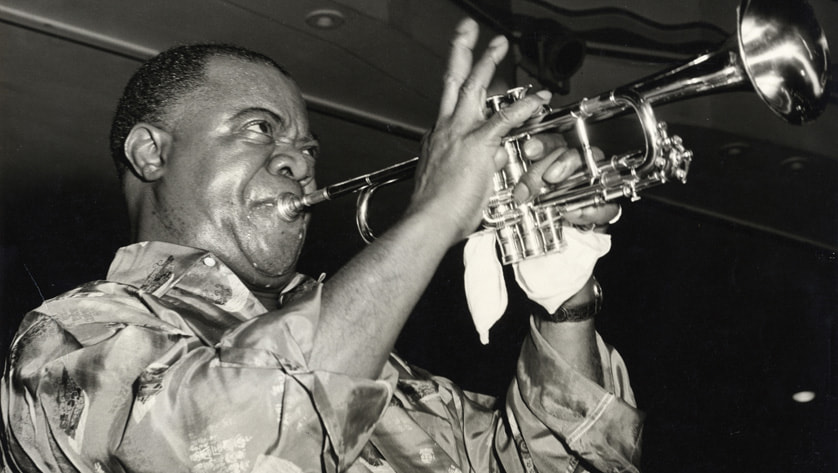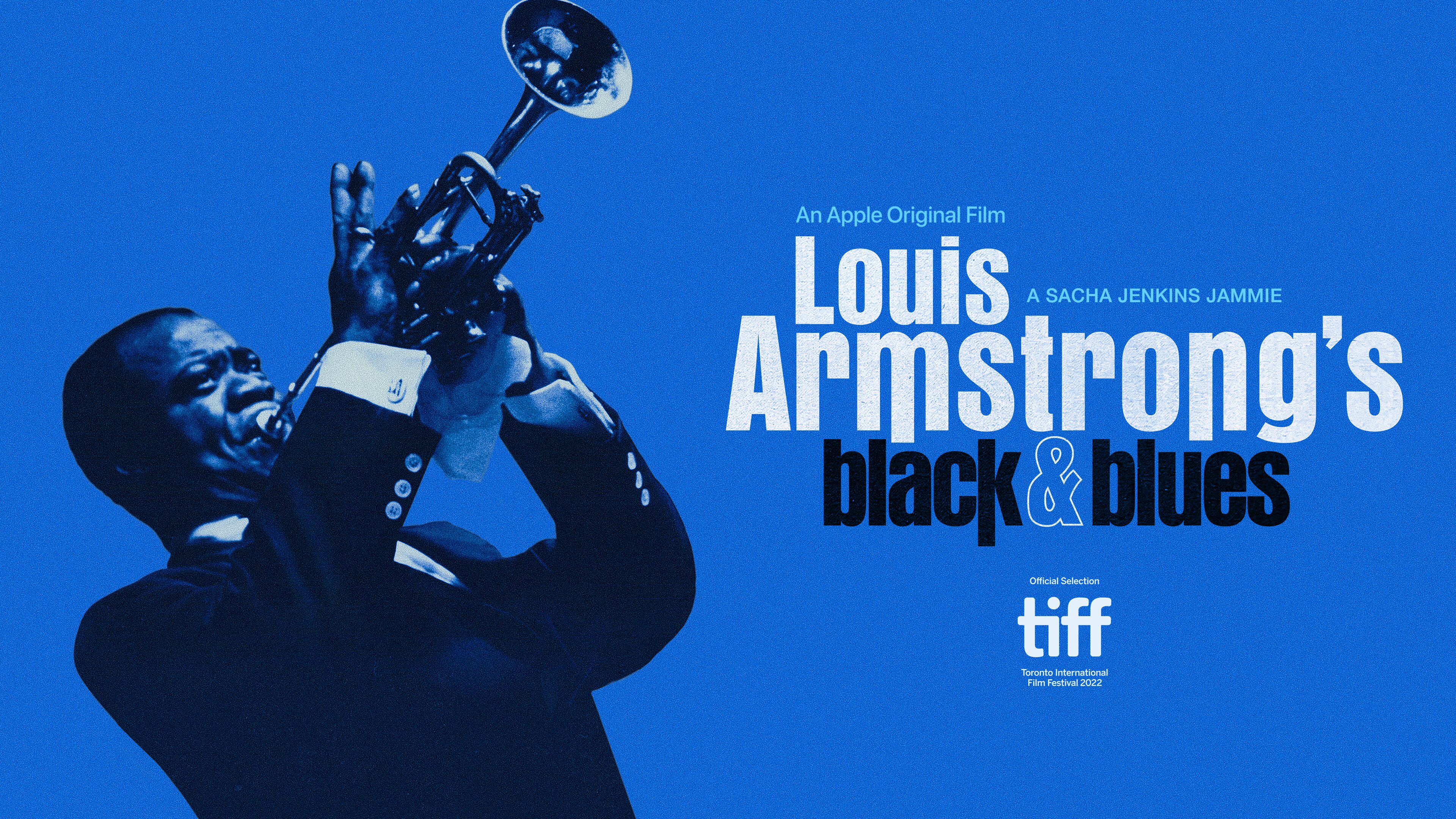Per Matt
You may have heard that Louis Armstrong was labeled as the founding father of jazz music. He’s also been described as the “greatest influence” of the genre. Throughout his career, he was a trumpeter, a singer, a performer, a poet and a writer. He was a musical genius who created the scat style of singing, perfecting the art of improvisation. Even though his music made him famous all around the world, many fans still don’t know much about Satchmo’s personal life, often misrepresenting his views.
Louis Armstrong’s Black & Blues attempts to uncover the man, the myth and the legend.
I was disappointed to have missed this documentary at the 2022 Nashville Film Festival, and I’m thankful it was distributed via the Apple TV+ streaming service. Growing up a Child of the ’80s, I didn’t know too much about Armstrong outside of a handful of hits. However, when the Neo Swing craze enveloped the country in the late ’90s, I was intrigued to learn more about his catalog. For the next 15 years, I dove head-first into jazz and blues music, familiarizing myself with Mr. Armstrong’s releases and even DJing at multiple dance events around the country, so it’s only natural that I took a deep dive into Anderson’s past.
“Louis Armstrong is the first important (jazz) soloist, because he is the first to break away from Western harmony and to reintroduce the melodic and rhythmic developments of African music.”
Through personal audio tapes, radio and television interviews, along with archive footage, the man who broke many barriers is defined by his wife, fellow musicians, jazz historians, radio broadcasters, concert promoters and his very first music teacher. From growing up poor in New Orleans, to being mentored by King Oliver, to getting involved with gangsters in Chicago, to his journey into Hollywood and beyond, Armstrong accumulated quite a few experiences throughout the years.
But his silence may have spoken the loudest to some…
His opinion carried a lot of weight back in those days, so he never seemingly dipped into the political sphere during his lifetime, allowing his music to speak for himself. Because of this, he has been accused of being an Uncle Tom by outsiders who didn’t truly know him. I don’t think that was accurate or very fair, but nothing’s gonna stop haters from hating. In fact, through his personal recordings and journals (which are read aloud by Nas), the man’s personal views on civil rights are quite straightforward.
His style was unique, as he extended his horn’s range by playing high C’s (others would fail to emulate this) and the musician was immortal to many. After the Pearl Harbor attacks that led to WWII, he ended many of his sets by playing a soulful, prideful, patriotic and solemn version of “The Star-Spangled Banner” which could give Jimi Hendrix a run for his money.
Only one never-before-seen video was revealed — I wish there were more! — which was filmed during a recording session. Watching the man break it all down was a master class in music. Director Sacha Jenkins honors the musician, while digging for a little drama. I wish she would’ve interviewed more character witnesses to refute the one person who said something negative about the titular subject. That felt a little out of place and somewhat unnecessary.
During his later years, Armstrong became “America’s goodwill ambassador with a horn” and even though there may have been some black-and-blue moments, he seemed to have lived a wonderful life.

